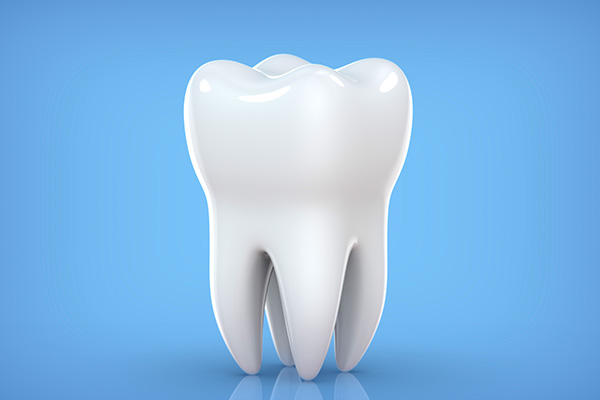Professional teeth whitening procedure
When a dental patient experiences a yellowing or discoloration of the teeth, a whitening treatment can help remove years of staining for a more beautiful smile. As preparation, a cosmetic dentist may recommend a routine cleaning from a general dentist to remove any plaque or tartar buildup. During treatment, a whitening solution or gel is brushed onto the surface of each affected tooth. Many times, this solution is cured with a blue light to activate the ingredients for more noticeable results. Depending on the level of staining and treatment plan chosen, a patient may need one or multiple whitening sessions.
Due to the nature and composition of whitening treatments, tooth enamel is temporarily weakened. This process breaks down some of the surface minerals to remove deep staining. As a result, it is critical to take certain precautions to protect the teeth and prevent stains from recurring.
Follow-up care
After a whitening treatment, a cosmetic dentist will likely address several areas to ensure the patient is utilizing proper home care. If patients are unsure about which products to use or avoid, they should contact the office first, rather than run the risk of ruining a recent treatment.
The recovery timeline
The natural process of remineralizing the teeth can take anywhere from 24-72 hours, depending on overall oral health and the type of whitening treatment used. Patients should take extra care to follow these rules during the first two or three days after a whitening treatment. However, for more lasting results, it is wise to make a habit out of whitening follow-up practices.
Brushing and flossing
Patients should wait to brush and floss for at least one hour after a whitening treatment from a cosmetic dentist. Once it is safe to resume oral home care, a soft-bristled brush should be used in a gentle, circular motion to avoid enamel loss. A high-fluoride toothpaste is recommended.
Dietary and lifestyle choices
Most dentists recommend a white or clear food diet after treatment. Patients should avoid foods and beverages that can contribute to staining, such as:
- Red wine
- Coffee
- Soda
- Dark berries
- Beets
- Tea
Also, patients should not smoke or use tobacco products. Many experts also recommend that lipsticks be avoided, as these can seep onto the teeth during use.
Addressing sensitivity
Tooth sensitivity is common after a whitening treatment of any kind. While it typically subsides after a few days, some patients experience lingering effects. Using a toothpaste and mouth rinse designed to combat sensitivity can be helpful. In addition, patients should avoid extremely hot, cold, or acidic foods until the discomfort subsides.
Conclusion
A professional tooth whitening from a cosmetic dentist can help remove stains for a stunning smile. However, proper follow-up care is required to maintain results both immediately and long term.
Request an appointment or call Sam Patel DDS, PA at 972-638-5848 for an appointment in our McKinney office.
Related Posts
Getting dental veneers is a popular cosmetic dentistry treatment. It is a quick and effective way to regain your healthy smile. Dental damage can be a barrier to an event or a presentation. Correcting it with dental veneers will allow you to attend. If you want to know how cosmetic dentistry uses dental veneers, here…
A cosmetic dentist is the best type of professional to utilize when preparing to undergo a smile makeover, a process in which various dental procedures are performed to transform and improve one's smile. Multiple procedures can be part of the smile makeover process, but many patients may not know what those might be. Since dentistry…
Dental veneers from a cosmetic dentist help patients achieve a more uniform smile. These wafer-thin shells fit over the fronts of the teeth, improving their appearance for years to come. If you have been considering veneers, here are some common signs that it is time to consult a cosmetic dentist.Perhaps the most well-known reason people…
